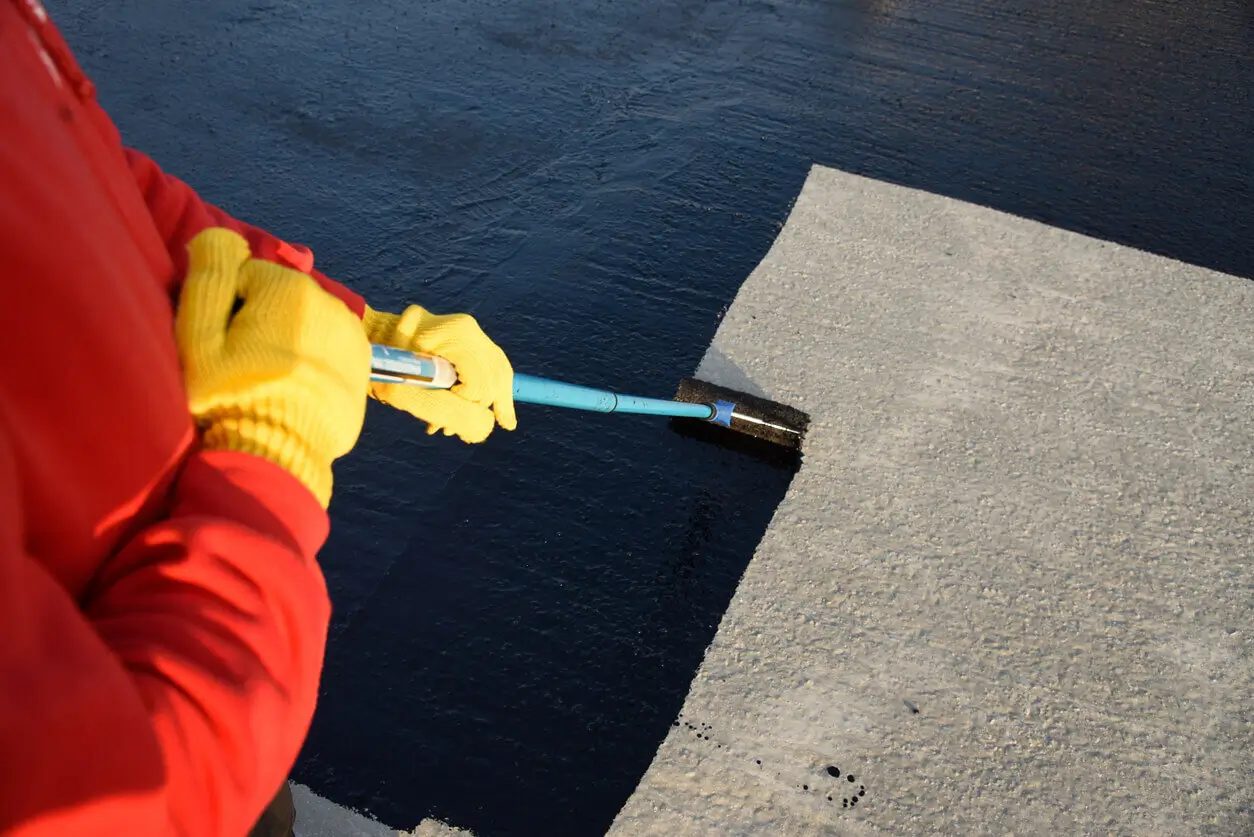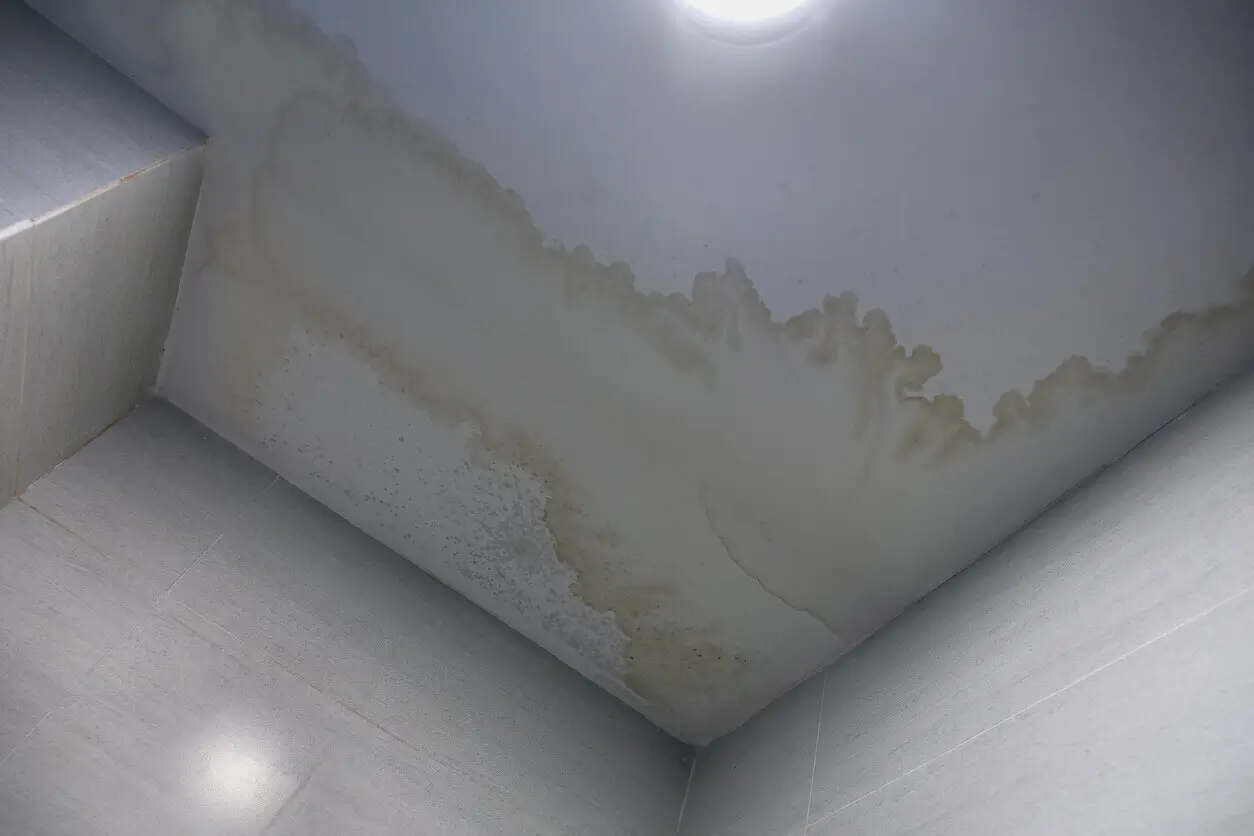Why Waterproofing is Crucial for Commercial Buildings
Commercial buildings face a constant threat from water damage due to their size, design, and exposure to the elements. Unlike residential properties, commercial buildings house businesses, employees, and valuable equipment, making the stakes even higher when water infiltration occurs.
Effective commercial roof waterproofing plays a critical role in reducing the risk of water intrusion. By forming a durable barrier against the elements, it helps preserve the structural integrity of the building and prevents costly damage. Choosing the right waterproofing solution not only safeguards the property but also protects the businesses, equipment, and people operating inside.
Here are some key reasons why waterproofing is vital for commercial buildings:
1. Protecting Structural Integrity
Water infiltration can weaken a building’s structural components, leading to corrosion of steel reinforcements, rotting of wooden frameworks, and deterioration of concrete. Over time, this can result in significant damage to the building’s foundation, walls, and ceilings. Waterproofing acts as a protective barrier that prevents water from entering vulnerable areas and causing such damage, ensuring that the building remains stable and secure.
2. Preventing Mold and Mildew
Mold and mildew thrive in moist environments, and commercial buildings provide ample opportunities for these fungi to grow if water infiltrates the walls, ceilings, or basements. Mold growth not only damages the building materials but also poses health risks to the occupants, potentially leading to respiratory issues or allergic reactions. Waterproofing helps keep moisture out of the building, thus preventing mold growth and maintaining a healthy indoor environment.
3. Safeguarding Valuable Assets
In commercial spaces, water damage can destroy valuable equipment, electronics, documents, and other assets. For businesses that rely on technology or sensitive machinery, water damage can lead to operational downtime and financial losses. Waterproofing measures, such as protecting roofs, basements, and storage areas, ensure that water doesn’t infiltrate spaces where valuable items are stored or used.
4. Compliance with Building Codes
Many urban centers have strict building codes that require commercial properties to meet specific waterproofing standards. These regulations ensure that buildings are constructed and maintained to withstand environmental challenges like heavy rainfall, floods, and storms. Failing to meet these standards can lead to fines or penalties, making waterproofing not only a protective measure but also a legal requirement in many cases.
Key Areas of Commercial Buildings That Require Waterproofing
Waterproofing commercial buildings is a complex process that requires attention to multiple areas of the structure. To effectively protect the building, it’s essential to apply waterproofing solutions to the following key areas:
1. Roofs
The roof is the first line of defense against water damage. Commercial building roofs are often flat or slightly sloped, making them more susceptible to water pooling, leaks, and cracks. Waterproof membranes, coatings, and sealants are essential to keep water from penetrating the roof and entering the building.
Regular inspections and maintenance are critical for ensuring that the roof’s waterproofing remains intact, especially in areas with heavy rainfall or frequent storms. Investing in proper roof waterproofing will save commercial property owners from costly repairs in the future.
2. Foundations
The foundation is one of the most vulnerable parts of any building. Water from heavy rains or poor drainage can seep into the foundation, leading to cracks, settling, and structural instability. Foundation waterproofing involves applying coatings, membranes, and sealants to the exterior and interior walls of the foundation to prevent water from infiltrating.
Waterproofing foundations in commercial buildings is especially important in urban areas where nearby construction or environmental factors can impact the water table, increasing the risk of water infiltration.
3. Basements
Many commercial buildings have basements that house essential equipment, electrical systems, or serve as storage spaces. If these basements are not properly waterproofed, they are prone to flooding, mold growth, and damage to critical infrastructure. Basement waterproofing involves using waterproof membranes, drainage systems, and sump pumps to prevent water from entering.
Additionally, commercial buildings in urban areas may experience increased hydrostatic pressure, which forces water through cracks in the walls or floors. Proper waterproofing ensures that this pressure does not cause long-term damage to the building’s lower levels.
4. Exterior Walls
Exterior walls are exposed to various weather conditions throughout the year, from rain and snow to high humidity. Water infiltration through cracks, gaps, or porous materials in the exterior walls can lead to structural damage and aesthetic degradation. Waterproof coatings and sealants protect exterior walls from water penetration, maintaining both the appearance and integrity of the building.
Waterproofing exterior walls is especially important for high-rise commercial buildings, where weather exposure is more significant at higher altitudes.
Innovative Waterproofing Solutions for Urban Infrastructure
In addition to traditional waterproofing methods, several innovative solutions have emerged to address the unique challenges of urban infrastructure. These solutions not only protect buildings from water damage but also contribute to sustainability and energy efficiency.
1. Green Roofs
Green roofs are an innovative waterproofing solution that involves the installation of vegetation and soil over a waterproof membrane on the roof of a commercial building. These systems help absorb rainwater, reducing runoff and the risk of leaks, while also providing insulation and improving energy efficiency.
Green roofs are becoming increasingly popular in urban areas as they contribute to sustainable building practices and reduce the heat island effect commonly experienced in cities.
2. Liquid Waterproofing Membranes
Liquid membranes offer a seamless, flexible solution for waterproofing commercial buildings. These membranes are applied as a liquid and then solidify into a watertight barrier. Liquid membranes are ideal for areas with complex surfaces or shapes, such as roofs with HVAC units or skylights. They also provide excellent adhesion and durability, ensuring long-term protection against water infiltration.
3. Smart Waterproofing Systems
Smart waterproofing systems utilize sensors and monitoring technology to detect moisture levels in real-time. These systems alert building managers to potential water infiltration issues before they become significant problems. Smart waterproofing technology is especially useful in large commercial buildings where detecting leaks manually may be difficult.
Conclusion: Protecting Commercial Buildings with Professional Waterproofing
Waterproofing commercial buildings is an essential part of preserving the structural integrity of urban infrastructure. By applying waterproofing solutions to critical areas like roofs, foundations, basements, and exterior walls, property owners can prevent water damage, reduce maintenance costs, and ensure the safety of their occupants.
For reliable waterproofing services, Blutec Waterproofing offers expert solutions tailored to commercial properties. With the right waterproofing strategies in place, you can protect your building and its assets from the damaging effects of water.

